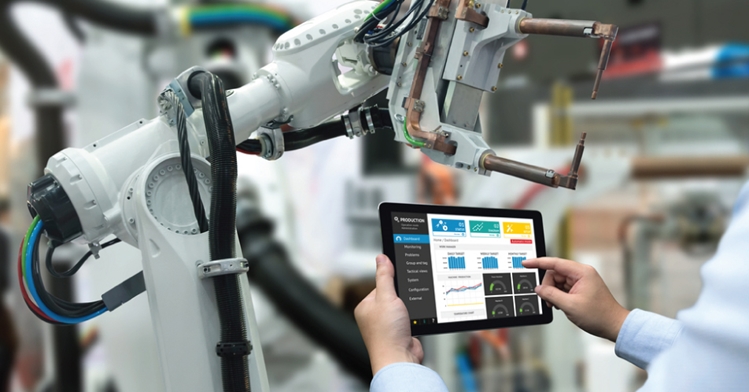
Post Pandemic: Survival and Recovery are the foremost priorities of the Manufacturing Sector
The immediate financial impact on manufacturers is already resulting in a huge reduction in non-essential spending and investments. Review the fundamental questions like
- Where are the weaknesses?
- Where do you make costly decisions and why?
- How to build a more resilient and agile business?
- What solutions will help?
The business drivers of Industry 4.0 pre-crisis were focused on competitive advantage, cost reduction, productivity, sustainability and innovation. The goal was to make well run businesses run better.
The focus for many manufacturers now is survival first and foremost and beyond that, damage limitation.
One of the major weaknesses is a lack of real-time visibility across the business due to heterogeneous mix of applications and data silos. Visibility that is essential to support critical business decisions.
Examples include:
- What is the demand for products and where can we manufacture them?
- What is the availability of current raw material, finished goods inventory levels
- How much is our manufacturing capacity, human resources and assets availability?
- What is our spare parts inventory and where are they based?
- What is the status of raw material shipments and what alternatives arrangements do we have?
- How is our finished goods distribution network operating?
Digital Transformation in the manufacturing can help with all the above current challenges of manufacturers and can:
- Help make sure that more manufacturing firms survive and recover as soon as possible
- Help return businesses to normal operations as soon as possible
- Provide the platform to develop new, more resilient businesses in the medium to long term
Some areas where implementation of new technologies can really make a huge difference like
- Real-time visibility into the availability of raw materials, finished goods, human resources and assets
- Use of technologies like AI, ML, Data Analytics to regularly reassess and re-plan activities
- RPA to support non-value add labor intensive activities
- The use of mobile technology and AR/VR/MR to enable workers to perform tasks they were not trained for more easily. This could have assisted with skills shortages due to self-isolation or re-purposing of manufacturing
- 3D printing of spare parts that were stuck in the supply chain
- Use of robots, crawlers, autonomous electric vehicles and drones to again reduce the dependency on people and to continue social distancing in the manufacturing plants and warehouses.
Key to successful digital transformation is not technology but collaboration. To reduce cost, save time in new product or technology development, to begin the innovation and to do more R&D, collaborate or explore partnership options with the expert teams, organisations and startup community.

Comments